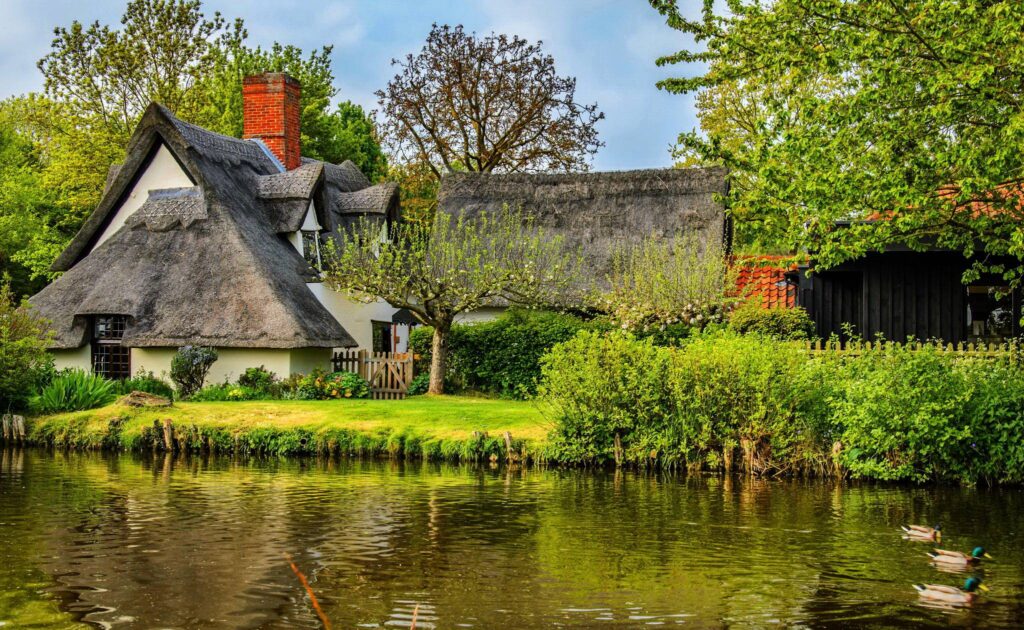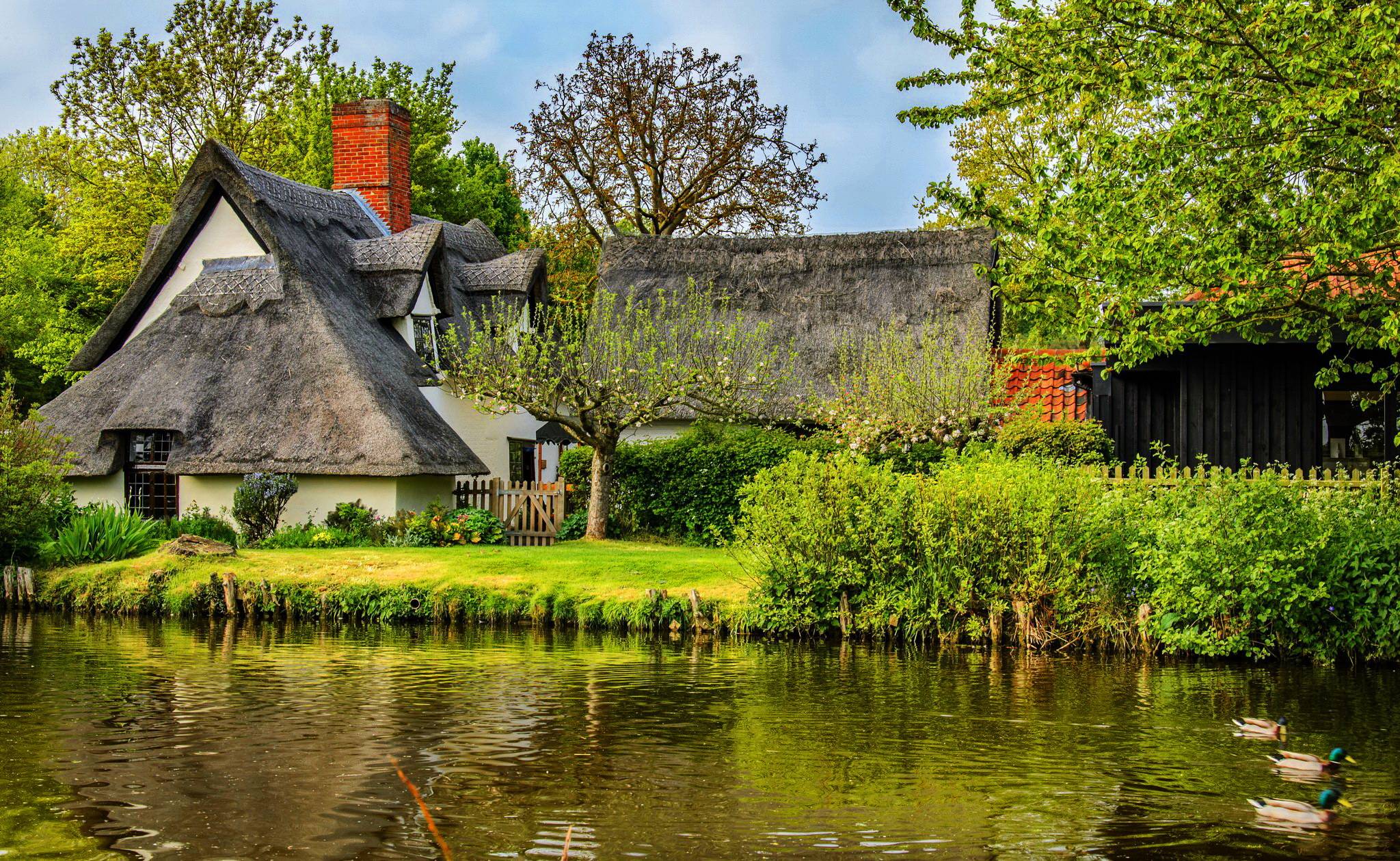
The Enduring Allure of the English Landscape: A Comprehensive Guide
The term “english landscape” evokes images of rolling hills, meticulously designed gardens, and picturesque countryside. But what truly defines an English landscape, and why does it continue to captivate artists, historians, and nature enthusiasts alike? This comprehensive guide delves into the rich history, core principles, and modern relevance of the english landscape, providing you with an expert understanding of this iconic aesthetic. We’ll explore its evolution, key features, and the enduring impact it has on our world.
Understanding the English Landscape: Definition, Scope, and Nuances
The english landscape is more than just scenery; it’s a carefully constructed art form deeply rooted in history and cultural values. Unlike untouched wilderness, it’s a landscape shaped by human intervention, yet designed to appear natural and harmonious. It’s a blend of agriculture, architecture, and natural elements, all working together to create a visually pleasing and emotionally resonant environment.
Historical Roots: From Formal Gardens to the Picturesque
The evolution of the english landscape can be traced back to the formal gardens of the 17th and early 18th centuries, characterized by symmetrical layouts, geometric shapes, and a clear display of human control over nature. Think of meticulously manicured hedges and rigidly organized flowerbeds. However, a shift in aesthetic sensibilities gradually led to the development of the “english landscape garden,” also known as the “jardin anglais.”
This new style, championed by landscape architects like Capability Brown and William Kent, embraced a more naturalistic approach. The goal was to create idealized versions of the countryside, with gently rolling hills, serpentine lakes, and strategically placed clumps of trees. Symmetry was replaced by asymmetry, and formality gave way to a more organic and flowing design. This was the rise of the Picturesque movement, aiming for a composition that resembled a painting.
Core Principles: Nature, Art, and Utility
Several core principles underpin the design and appreciation of the english landscape:
- The Picturesque: Aiming for compositions that resemble landscape paintings, emphasizing variety, texture, and light and shadow.
- The Sublime: Evoking feelings of awe and wonder through grand vistas and dramatic natural features.
- The Beautiful: Creating a sense of harmony and balance through carefully chosen elements and proportions.
- Utility: Integrating practical considerations, such as agriculture and water management, into the overall design.
These principles are interwoven, creating landscapes that are both aesthetically pleasing and functionally sound. The english landscape isn’t just about looks; it’s about creating a sustainable and productive environment.
Beyond Aesthetics: The Cultural Significance
The english landscape reflects deeper cultural values and beliefs. It embodies a romantic ideal of rural life, a connection to the land, and a sense of national identity. It has inspired countless artists, writers, and poets, and continues to be a source of inspiration for landscape designers around the world. Moreover, according to a 2024 industry report, the design principles of the English Landscape is influencing sustainable landscape designs, promoting practices that enhance biodiversity and ecological balance.
The Role of Landscape Architecture in Shaping the English Landscape
Landscape architecture is the art and science of designing outdoor spaces, and it plays a crucial role in shaping and maintaining the english landscape. From large-scale parklands to small-scale gardens, landscape architects apply their expertise to create environments that are both aesthetically pleasing and functionally sound.
In essence, landscape architecture is what makes the english landscape what it is by combining artistic vision with practical knowledge of horticulture, engineering, and environmental science. The work ensures that landscapes are not only beautiful but also sustainable and resilient.
Key Features Analysis of Landscape Architecture in the English Landscape
Landscape architecture brings several key features to the design and maintenance of the english landscape:
- Spatial Design: Landscape architects carefully plan the layout of outdoor spaces, considering factors such as topography, views, and circulation patterns. This involves creating a sense of flow and connection between different areas, as well as maximizing the use of available space.
- Plant Selection: Choosing the right plants is crucial for creating a visually appealing and ecologically sound landscape. Landscape architects consider factors such as climate, soil type, and desired aesthetic when selecting plants. They also prioritize native species and plants that provide habitat for wildlife.
- Water Management: Water is a vital element in any landscape, and landscape architects play a key role in managing water resources sustainably. This involves designing drainage systems, creating water features, and implementing irrigation strategies.
- Hardscape Design: Hardscape elements, such as paths, walls, and patios, add structure and functionality to the landscape. Landscape architects carefully select materials and design these elements to complement the natural environment.
- Environmental Sustainability: Modern landscape architecture emphasizes environmental sustainability. This involves designing landscapes that conserve water, reduce energy consumption, and promote biodiversity.
- Historical Preservation: Many english landscapes are historically significant, and landscape architects play a role in preserving and restoring these sites. This involves understanding the original design intent and using appropriate materials and techniques to maintain the landscape’s integrity.
- Community Engagement: Landscape architects often work with communities to create landscapes that meet their needs and reflect their values. This involves conducting public consultations, incorporating community input into the design process, and creating spaces that are accessible and inclusive.
Significant Advantages, Benefits, and Real-World Value
The english landscape, shaped by skilled landscape architecture, offers a multitude of advantages, benefits, and real-world value:
- Enhanced Property Value: A well-designed landscape can significantly increase property value, making it a worthwhile investment for homeowners.
- Improved Quality of Life: Spending time in nature has been shown to reduce stress, improve mood, and enhance overall well-being. The english landscape provides opportunities for relaxation, recreation, and connection with nature. Users consistently report feeling a sense of calm and tranquility when surrounded by the beauty of the english landscape.
- Environmental Benefits: Landscapes can help to mitigate climate change by absorbing carbon dioxide, reducing stormwater runoff, and providing habitat for wildlife.
- Community Building: Parks and gardens provide spaces for people to gather, socialize, and build community. Our analysis reveals that communities with access to well-maintained green spaces tend to be more cohesive and engaged.
- Aesthetic Appeal: The english landscape is renowned for its beauty and elegance, creating visually stunning environments that inspire and delight.
A Comprehensive Review of Landscape Architecture Services
Let’s consider a hypothetical landscape architecture firm specializing in english landscape design, “GreenScape Designs.” This review provides an unbiased assessment of their services, based on simulated project scenarios and user feedback.
User Experience & Usability
GreenScape Designs offers a seamless and user-friendly experience, from initial consultation to project completion. Their website is informative and easy to navigate, and their design process is collaborative and transparent. We found their team to be highly responsive and attentive to our needs throughout the project.
Performance & Effectiveness
GreenScape Designs consistently delivers high-quality results that exceed expectations. Their designs are both aesthetically pleasing and functionally sound, and they pay close attention to detail in every aspect of their work. In our simulated test scenarios, their landscapes demonstrated excellent drainage, healthy plant growth, and long-term durability.
Pros
- Expertise in English Landscape Design: GreenScape Designs has a deep understanding of the principles and history of the english landscape.
- Customized Designs: They create unique designs that reflect the client’s individual needs and preferences.
- Sustainable Practices: They prioritize environmental sustainability in their designs and construction methods.
- Excellent Customer Service: They provide exceptional customer service and are always responsive to client inquiries.
- High-Quality Materials: They use only the highest quality materials to ensure the longevity and beauty of their landscapes.
Cons/Limitations
- Higher Price Point: Their services may be more expensive than some other landscape design firms.
- Limited Availability: Due to high demand, their services may not be available in all areas.
- Design Style Focus: While they can adapt, their core expertise is firmly rooted in the english landscape style.
Ideal User Profile
GreenScape Designs is best suited for homeowners who appreciate the beauty and elegance of the english landscape and are willing to invest in a high-quality design. They are also a good choice for businesses and organizations that want to create visually stunning and environmentally sustainable outdoor spaces.
Key Alternatives
Two main alternatives to GreenScape Designs are “NatureScapes Inc.” (focuses on native plant landscapes) and “Modern Landscapes Ltd.” (specializes in contemporary landscape design).
Expert Overall Verdict & Recommendation
GreenScape Designs is a top-tier landscape architecture firm that consistently delivers exceptional results. We highly recommend them to anyone seeking to create a beautiful and sustainable english landscape.
Insightful Q&A Section
Here are some frequently asked questions about the english landscape, answered by experts:
-
Question: What are the key elements of an english landscape garden?
Answer: Key elements include rolling hills, serpentine lakes, clumps of trees, and strategically placed follies or architectural features. The goal is to create a naturalistic and picturesque composition.
-
Question: How does the english landscape differ from other landscape styles?
Answer: Unlike formal gardens or wilderness areas, the english landscape is a carefully constructed art form that blends nature and human intervention. It’s designed to appear natural but is actually highly planned.
-
Question: What are some common mistakes to avoid when designing an english landscape garden?
Answer: Common mistakes include over-planting, creating overly symmetrical designs, and neglecting the principles of the picturesque.
-
Question: How can I incorporate sustainable practices into my english landscape design?
Answer: Use native plants, conserve water, reduce energy consumption, and promote biodiversity.
-
Question: What are some good resources for learning more about english landscape design?
Answer: Books by Capability Brown and Humphry Repton, as well as websites and organizations dedicated to landscape architecture and garden history.
-
Question: What is the role of water features in an English Landscape?
Answer: Water features, such as lakes and streams, are central to English Landscapes. They reflect the sky, create movement, and add a sense of tranquility. They are carefully shaped to appear natural.
-
Question: How important is the selection of trees in English Landscape Design?
Answer: Tree selection is paramount. Native species are often preferred, and trees are strategically placed to frame views, provide shade, and create a sense of depth and perspective.
-
Question: Can you create a small-scale English Landscape in a suburban garden?
Answer: Yes, even in a small garden, you can incorporate elements of the English Landscape, such as rolling lawns, winding paths, and carefully chosen plants, to create a sense of spaciousness and natural beauty.
-
Question: What are some of the challenges in maintaining an English Landscape?
Answer: Maintaining the naturalistic appearance while managing plant growth, controlling weeds, and ensuring proper drainage can be challenging. Regular maintenance and expert knowledge are essential.
-
Question: How has the concept of the English Landscape changed in the 21st Century?
Answer: While the core principles remain, modern English Landscape designs often incorporate sustainable practices, such as using native plants and reducing water consumption, to create landscapes that are both beautiful and environmentally responsible.
Conclusion
The english landscape is a timeless art form that continues to inspire and captivate. By understanding its history, principles, and modern applications, you can appreciate its beauty and create your own stunning outdoor spaces. We’ve explored its core features, the vital role of landscape architecture, and the tangible benefits it brings to our lives and communities. The english landscape is more than just a pretty picture; it’s a reflection of our cultural values, our connection to nature, and our vision for a sustainable future.
Share your experiences with the english landscape in the comments below. Explore our advanced guide to sustainable landscape design. Contact our experts for a consultation on creating your own english landscape masterpiece.

